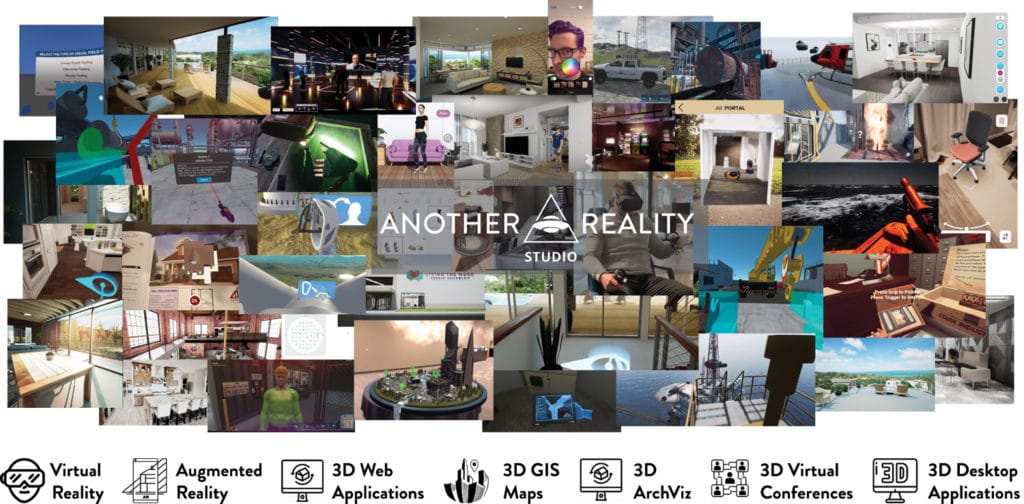Recent AR/VR Case Studies
Augmented Reality (AR) and Virtual Reality (VR) are emerging technologies that are revolutionizing the way we interact with digital content. Both AR and VR require custom software development and specific hardware requirements to create immersive and interactive experiences for users.
Find links below to a sample of software development with AR/VR case studies. We help companies use VR, AR, and 3D web applications through custom project development from concept to final product. We specialize in applications for virtual training, guided tours, education, virtual walkthroughs and events, digital twins, machine replacement, trade shows, and marketing. See case studies, in the below areas plus much more.
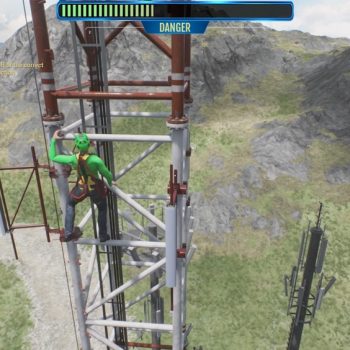
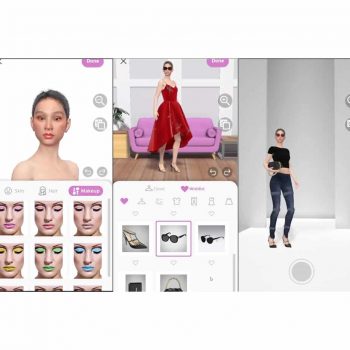

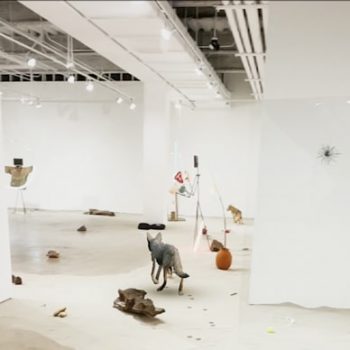
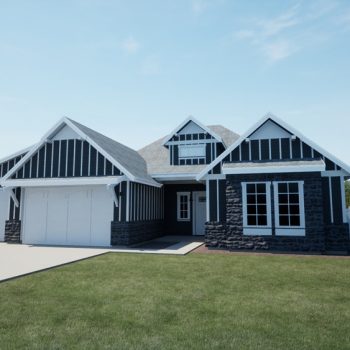
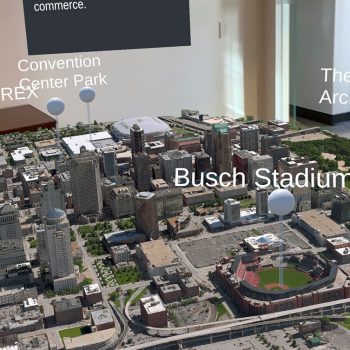

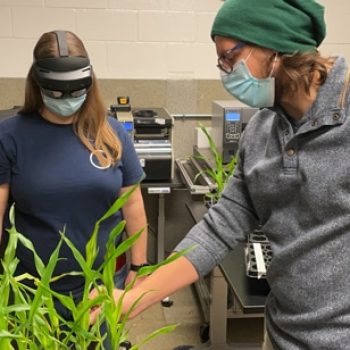
Virtual Training
3D Web/ VR Walkthroughs
AR Trade Show Booth
AR/VR Education
Digital Twins
Points of Interest Tours
3D Virtual Shows
AR Marketing & Product Demos
Assembly & Industrial Machine XR
Hardware Requirements for AR and VR
AR devices allow users to view digital elements in the real world. These virtual portals range from mobile smart phones and tablets to more tailored hardware like Meta Quest virtual reality (VR) headsets, Microsoft HoloLens mixed reality (MR), or Magic Leap augmented reality (AR) glasses. Hardware with certain development techniques can track the user’s head/ hand movements and display virtual objects seamlessly within the user’s field of view.
VR requires a VR headset so users can experience a fully immersive environment. Hardware, range from low to high cost with hardware such as the Meta Quest, HTC Vive, Valve Index, or PlayStation VR. Pro versions of these headsets usually have better cameras and features but come with a steeper price tag. The VR headset tracks the user’s head movements, allowing them to look around and explore the virtual world. In addition to the headset, users often need appropriate controllers or input devices to interact with the virtual environment, such as handheld controllers or motion-tracking devices. Higher end models sometimes allow for hand gestures (no hardware) as inputs, but these are sometimes less stable.
These hardware devices work together to track the user’s movements, display the virtual content, and enable interactions within the virtual environment. The advancements in hardware technology have made AR and VR more accessible and affordable, bringing these immersive experiences to a wider audience.
AR/VR Case Studies for Software Development
While hardware is essential in project development, software development (or 3D development) is what makes your application work. Software plays a crucial role in the deployment of AR and VR applications. Innovations in development have enabled us to showcase AR/VR case studies that have more realistic graphics, improved tracking, and enhanced user experiences.
Developers create AR and VR applications using specialized software development kits (SDKs) that provide tools and libraries for building immersive experiences. These SDKs enable our developers to incorporate gesture recognition, spatial mapping, and other advanced features into our applications. For AR, developers can leverage ARCore for Android or ARKit for iOS, which provide the necessary tools to create augmented reality experiences on mobile devices. For virtual reality, developers can use platforms like Unity or Unreal Engine, which offer powerful rendering capabilities and support for various VR headsets.
Furthermore, advancements in computer vision algorithms and machine learning have contributed to the improvement of AR and VR tracking. These algorithms enable accurate tracking of the user’s movements, allowing virtual objects to be precisely placed and interacted with in the real world or virtual environment. Real-time rendering techniques have also evolved, enabling more realistic graphics and reducing latency, which is crucial for a seamless applications and increased adoption capability.
Our experience allows us to showcase many AR/VR case studies that may be similar to your application. We are always expanding on these great applications with new features and better graphics. The industry is moving at a lightening pace. As AR and VR continue to evolve, software innovations play a vital role in pushing the boundaries of what is possible in terms of user interaction, visual fidelity, and overall immersion. The combination of hardware and software advancements paves the way for even more exciting and transformative AR and VR experiences in the future.
We showcase AR/VR case studies from hundreds of 3D business applications since 2013. Our team has been trusted by companies ranging from start-up to Fortune 100 with hundreds of successful projects in our portfolio. Contact us for more information or to find an AR/VR case study that’s right for you.
Can't Find the AR/VR Case Studies You're Looking For?
Another Reality Studio brings custom developed solutions to all projects. In addition, we integrate emerging technologies into your workflows & procedures because we love technology. Chances are we’ve worked with applications similar to what you are looking. However, we can’t list them all. Click on the video to the right to see more XR experiences or contact us more AR/VR case studies or for a free consultation on your project or technology needs.
